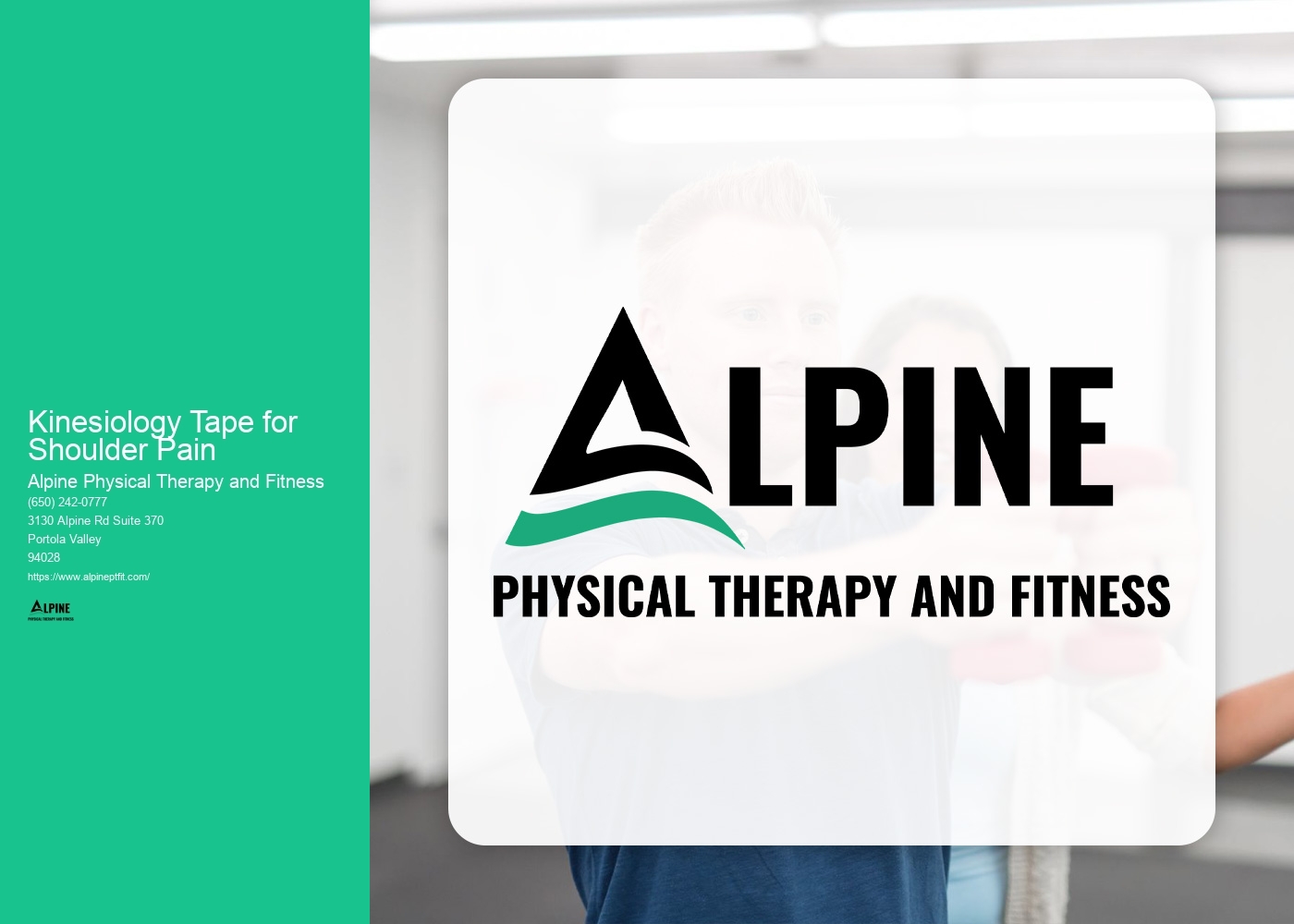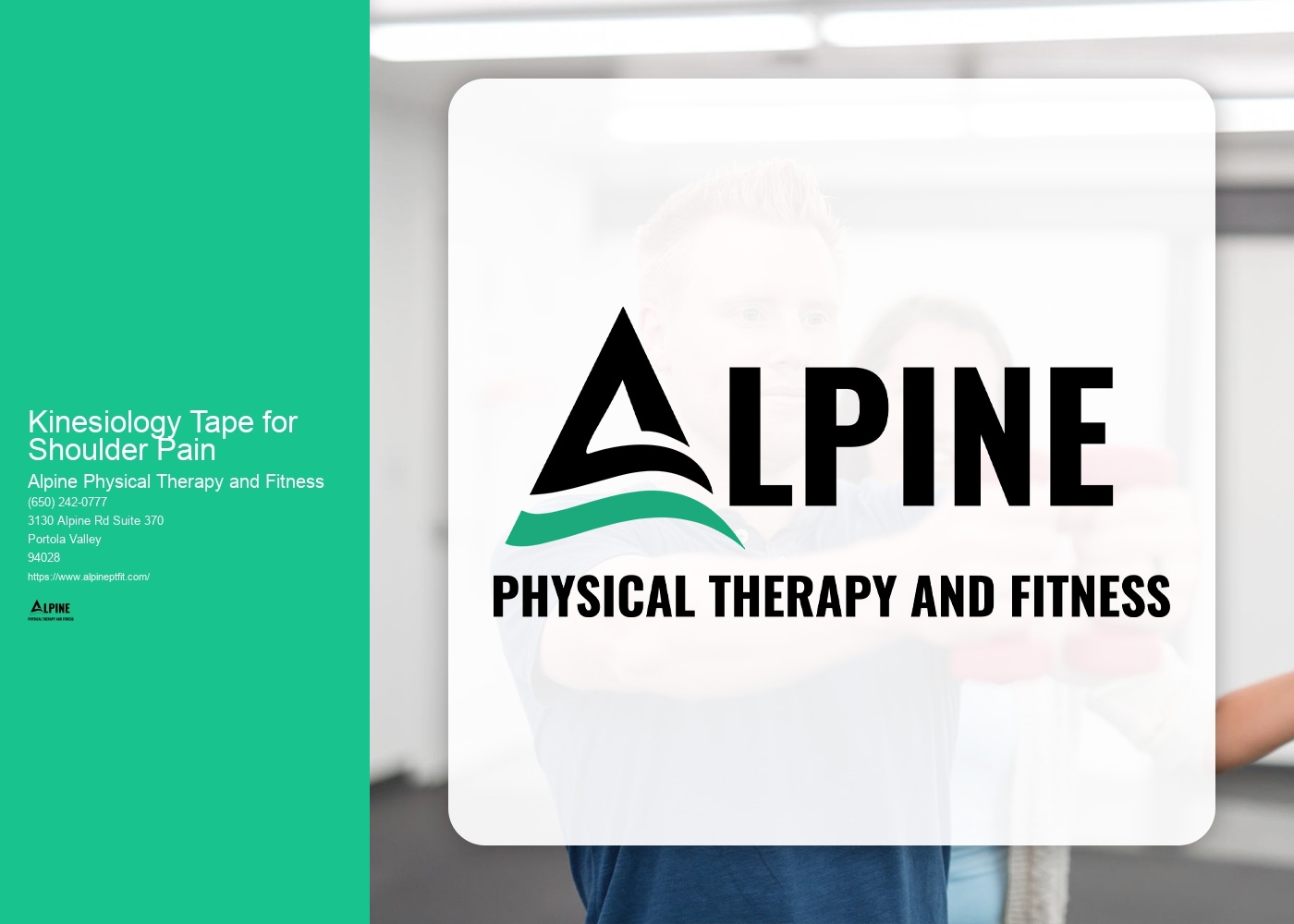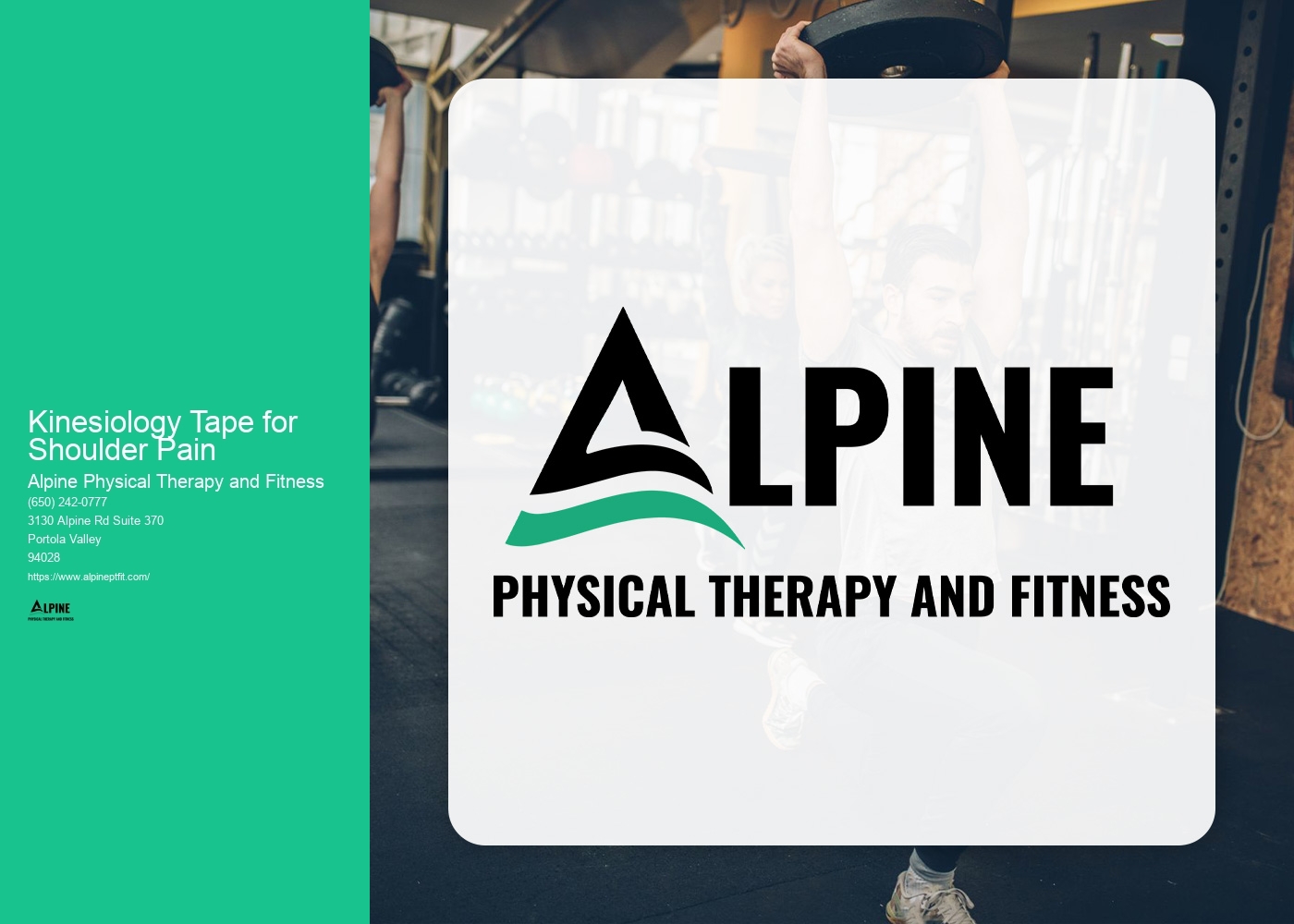

Kinesiology tape is a therapeutic tool that can help relieve shoulder pain by providing support and stability to the affected area. The tape is designed to mimic the elasticity of human skin and muscles, allowing for a full range of motion while still providing support. When applied correctly, kinesiology tape can help reduce pain and inflammation, improve circulation, and promote healing in the shoulder joint.
There are specific techniques for applying kinesiology tape to the shoulder to ensure optimal results. First, the skin should be clean and dry before applying the tape. The tape should be cut into the desired shape and size, depending on the area of the shoulder that needs support. It is important to apply the tape with the correct tension, ensuring that it is not too tight or too loose. The tape should be applied in a specific pattern, following the natural movement of the shoulder joint. It is recommended to seek guidance from a healthcare professional or a certified kinesiology tape practitioner to learn the proper techniques for applying the tape to the shoulder.
Kinesiology tape can be used for both acute and chronic shoulder pain. In acute cases, the tape can help reduce pain and inflammation, providing immediate relief. For chronic shoulder pain, the tape can be used as part of a comprehensive treatment plan to manage symptoms and support the healing process. However, it is important to consult with a healthcare professional to determine the underlying cause of the shoulder pain and to develop an appropriate treatment plan.

While kinesiology tape is generally safe to use, there are potential side effects and risks associated with its use on the shoulder. Some individuals may experience skin irritation or allergic reactions to the adhesive in the tape. It is important to test a small patch of skin before applying the tape to the entire shoulder. Additionally, if the tape is applied too tightly or for an extended period of time, it can restrict blood flow and cause discomfort. It is important to follow the instructions for use and to seek guidance from a healthcare professional if any adverse reactions occur.
The duration for wearing kinesiology tape on the shoulder can vary depending on the individual and the severity of the pain. In general, the tape can be worn for up to five days before it needs to be replaced. However, it is important to monitor the skin for any signs of irritation or discomfort and to remove the tape if necessary. It is also recommended to give the skin a break between applications to allow it to breathe and recover.

Kinesiology tape can be used as a standalone treatment for shoulder pain, but it is often more effective when used in conjunction with other therapies. Physical therapy exercises, stretching, and strengthening exercises can help improve shoulder function and reduce pain. Kinesiology tape can provide additional support during these exercises and help enhance their effectiveness. It is important to work with a healthcare professional to develop a comprehensive treatment plan that includes kinesiology tape and other appropriate therapies.
While wearing kinesiology tape on the shoulder, there are specific exercises and stretches that can be done to further promote healing and relieve pain. These exercises may include shoulder rolls, pendulum swings, and gentle stretches to improve range of motion. It is important to start with gentle movements and gradually increase intensity as tolerated. It is recommended to consult with a healthcare professional or a physical therapist to learn the appropriate exercises and stretches to perform while wearing kinesiology tape on the shoulder.

Physical therapists play a crucial role in the management of patients with congestive heart failure (CHF). They work closely with these patients to develop individualized exercise programs that focus on improving cardiovascular fitness, strength, and endurance. Physical therapists also educate patients on the importance of regular physical activity and provide guidance on how to safely engage in exercise. Additionally, they may use techniques such as manual therapy and breathing exercises to help improve lung function and reduce shortness of breath. By collaborating with other healthcare professionals, physical therapists ensure that patients with CHF receive comprehensive care that addresses their specific needs and helps improve their overall quality of life.
Physical therapy can play a crucial role in managing scoliosis by providing targeted exercises and interventions that aim to improve posture, strengthen muscles, and increase flexibility. Through a comprehensive evaluation, a physical therapist can develop a personalized treatment plan that may include exercises to correct imbalances, stretches to improve range of motion, and manual therapy techniques to alleviate pain and discomfort. Additionally, physical therapy can educate individuals with scoliosis on proper body mechanics and ergonomics to prevent further progression of the condition. By addressing the specific needs of each individual, physical therapy can help improve functional abilities, reduce pain, and enhance overall quality of life for those with scoliosis.
There are several targeted exercises that can be beneficial for improving fine motor skills in children with autism. These exercises focus on developing hand-eye coordination, finger dexterity, and overall control of small movements. Some examples include using playdough or clay to mold shapes and objects, practicing cutting with scissors to enhance precision and control, engaging in activities that involve picking up small objects with tweezers or tongs, and using puzzles or building blocks to promote manipulation and manipulation skills. Additionally, activities such as drawing, coloring, and writing can also help improve fine motor skills in children with autism. It is important to tailor these exercises to the individual needs and abilities of each child, and to provide a supportive and encouraging environment to foster their progress.
Aquatic therapy offers numerous benefits for individuals with spinal cord injuries. The buoyancy of water reduces the impact on the joints and spine, allowing for increased mobility and range of motion. The resistance provided by the water helps to strengthen muscles and improve overall strength and endurance. Additionally, the hydrostatic pressure of the water can help to reduce swelling and improve circulation. Aquatic therapy also provides a safe and supportive environment for individuals with spinal cord injuries to work on balance, coordination, and functional activities. The calming and relaxing nature of water can also help to reduce pain and promote a sense of well-being. Overall, aquatic therapy is a highly effective and enjoyable form of rehabilitation for individuals with spinal cord injuries.
Physical therapy plays a crucial role in addressing balance issues in older adults. Through a comprehensive assessment, physical therapists identify the underlying causes of balance problems, such as muscle weakness, joint stiffness, or impaired proprioception. They then develop personalized treatment plans that incorporate a range of exercises and interventions to improve balance and stability. These may include strength training exercises to target specific muscle groups, balance training exercises to enhance proprioception and coordination, and gait training to improve walking patterns. Additionally, physical therapists may utilize assistive devices, such as canes or walkers, to provide support and enhance safety during mobility. By addressing the root causes of balance issues and implementing targeted interventions, physical therapy helps older adults regain their balance, reduce the risk of falls, and improve their overall quality of life.
The principles of rehabilitation for a baseball pitcher with shoulder issues involve a comprehensive approach that focuses on restoring strength, flexibility, and stability to the shoulder joint. The rehabilitation program typically includes a combination of exercises, manual therapy techniques, and modalities such as heat or ice therapy. Specific exercises may include rotator cuff strengthening exercises, scapular stabilization exercises, and range of motion exercises. It is important to gradually progress the intensity and volume of the exercises to avoid overloading the shoulder. Additionally, proper throwing mechanics and technique should be emphasized to prevent further injury. The rehabilitation process may also involve addressing any underlying biomechanical issues or muscle imbalances that may have contributed to the shoulder issues. Overall, the goal of rehabilitation is to not only alleviate pain and restore function but also to prevent future injuries and optimize performance.